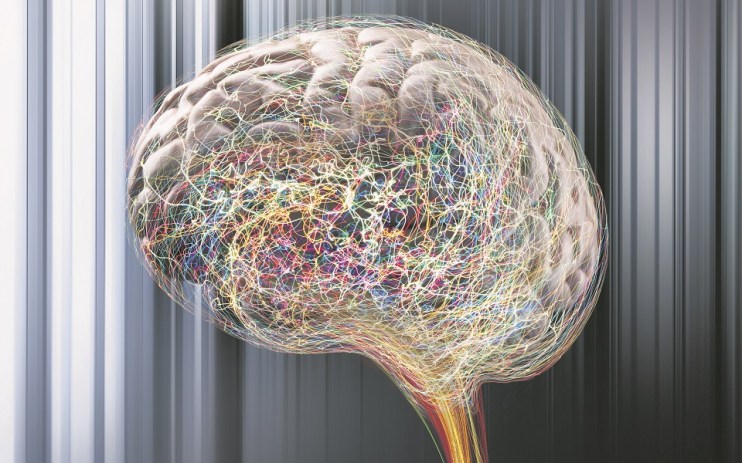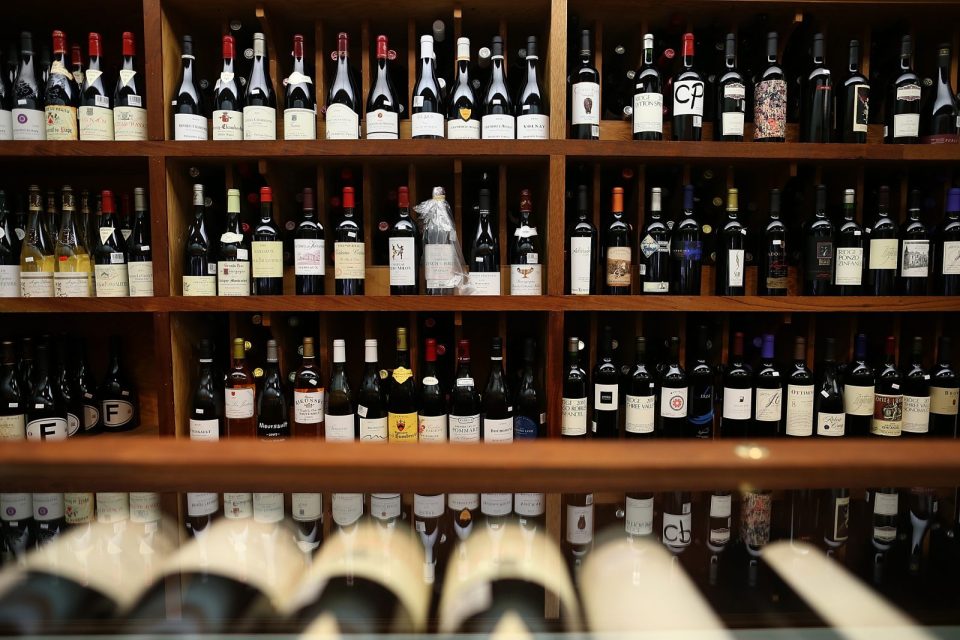How neuroscience can make your wine taste better

Neuroscience and wine may not seem like immediate bedfellows, but some producers are putting the time in to find out how drinkers are affected by things like our surroundings and assumptions. This in turn offers some insights into how to make the wine you serve taste better.
At risk of putting us wine communicators out of a job, everyone in the room described different scents when listening to alternate pieces of music, despite the wine being exactly the same.
Dr Qian Janice Wang, on behalf of Ramón Bilbao’s Spanish Wine Academy says: “All our senses go into drinking wine and all of them can be tricked”. People drinking the same wine rated it as tastier when listening to the sound of a cork being popped than when they heard a screwcap. Sound is a useful tool for wine bars and restaurants as people tend to eat and drink more in noisier surroundings and are willing to pay more at a restaurant playing jazz or classical music than somewhere playing pop.
I was part of a neuroscience experiment led by Wang in which we were given two wines and asked to describe what they smelled like while two different pieces of music were played. At risk of putting us wine communicators out of a job, everyone in the room described different scents when listening to alternate pieces of music, despite the wine being exactly the same.

Thankfully, when it came to actually tasting the wine, I realised they were identical, but it does show how the mind can be manipulated. Touch also has a huge impact on our perception of a drink. There is an old study in which people were asked to stroke velvet and then sandpaper and those with the velvet described drinking smoother, more luxurious wines. This may be why members clubs in London plump for soft and velvety furnishings. Note to self, as I dash to pick out velvet covered dining room chairs.
Maison Mumm has led several tests regarding sight and the weight of glasses involving neuroscience. Visibly pouring the same wine into different glasses, for example, did nothing to stop our senses being tricked. When sipping from a dark tinted, heavy glass the bubbles seemed to disappear, as if we were drinking a deeper, almost red wine. In a frosted, light aluminium glass, the wine’s acidity came to the fore. Interestingly, the heavier glass made wines seem older and richer, while the spindly glass made them taste younger and fresher.
Fascinatingly, different cultures prefer their wines in different glasses. In South Africa a heavier glass was found to be better, echoing the riper, full-bodied styles of the region, whereas in Japan, the preference was for wines served in a lighter glass.
In London we like the feeling a weightier vessel gives, so perhaps bear that in mind when purchasing glassware. Are weighted stems and bases the way forward for the savvy host? It works with cutlery too, says Wang. “People feel their food looks better and are willing to pay more when eating with a heavier knife and fork,” she says with a smile. “I believe the Fat Duck has the heaviest cutlery in the UK”.